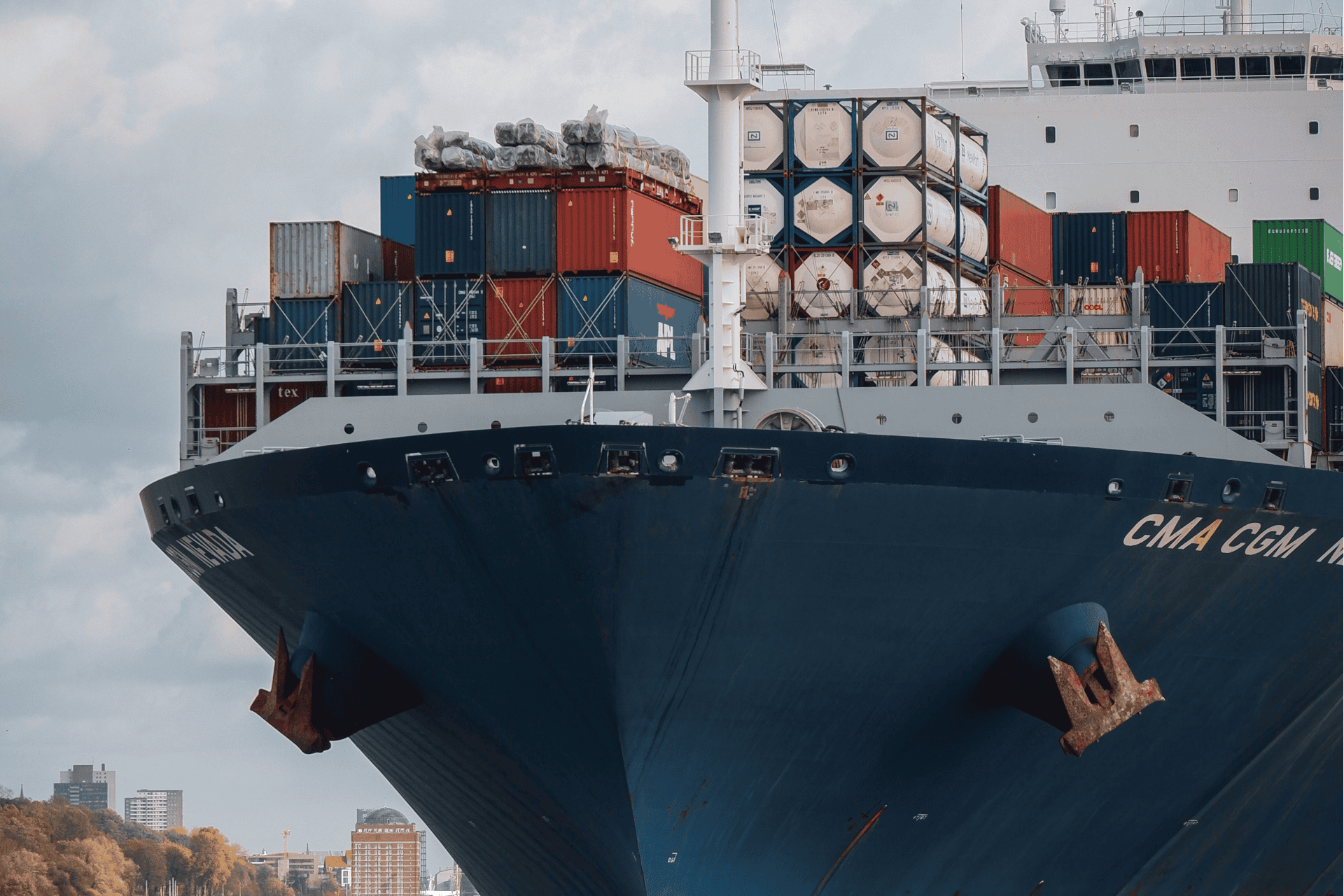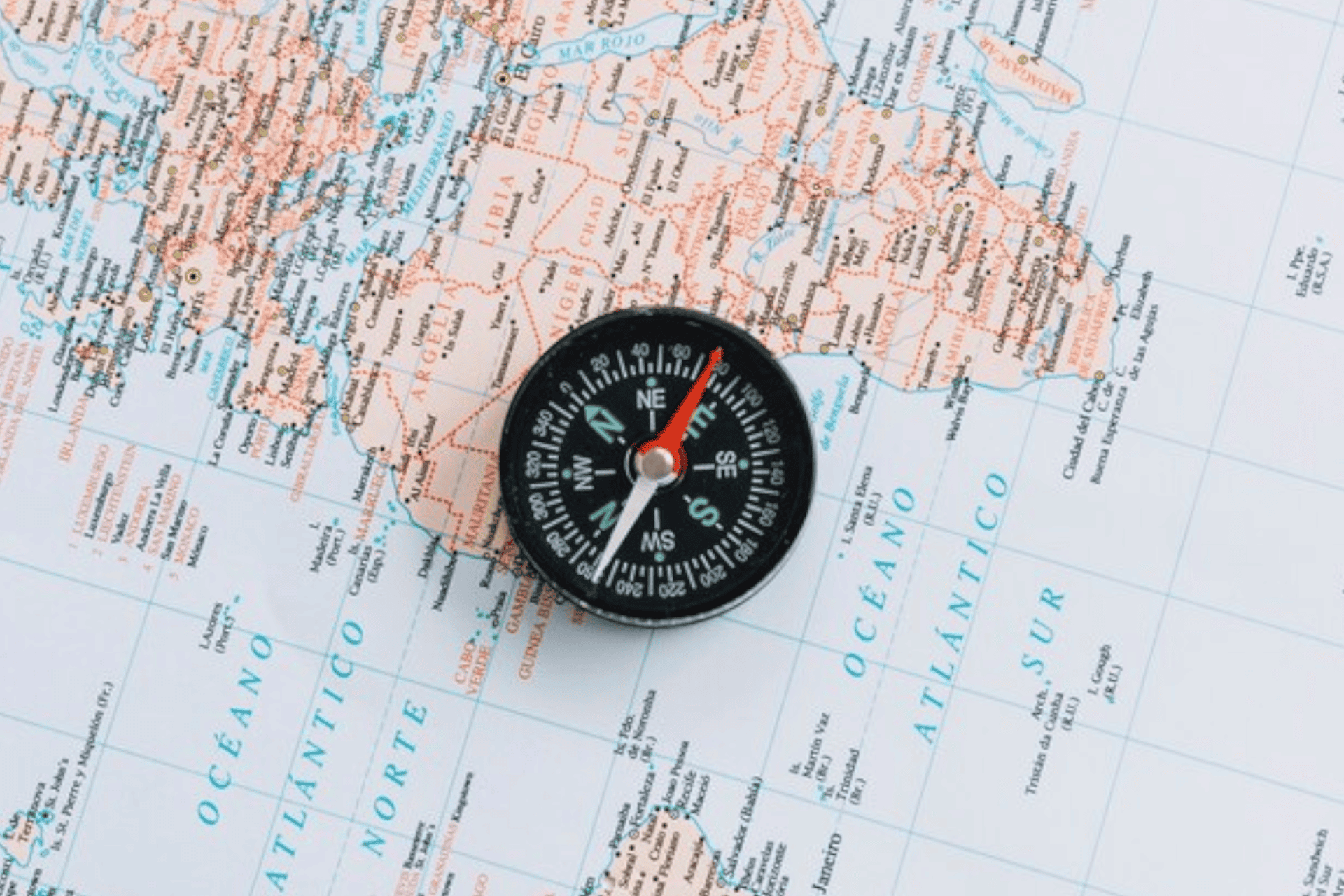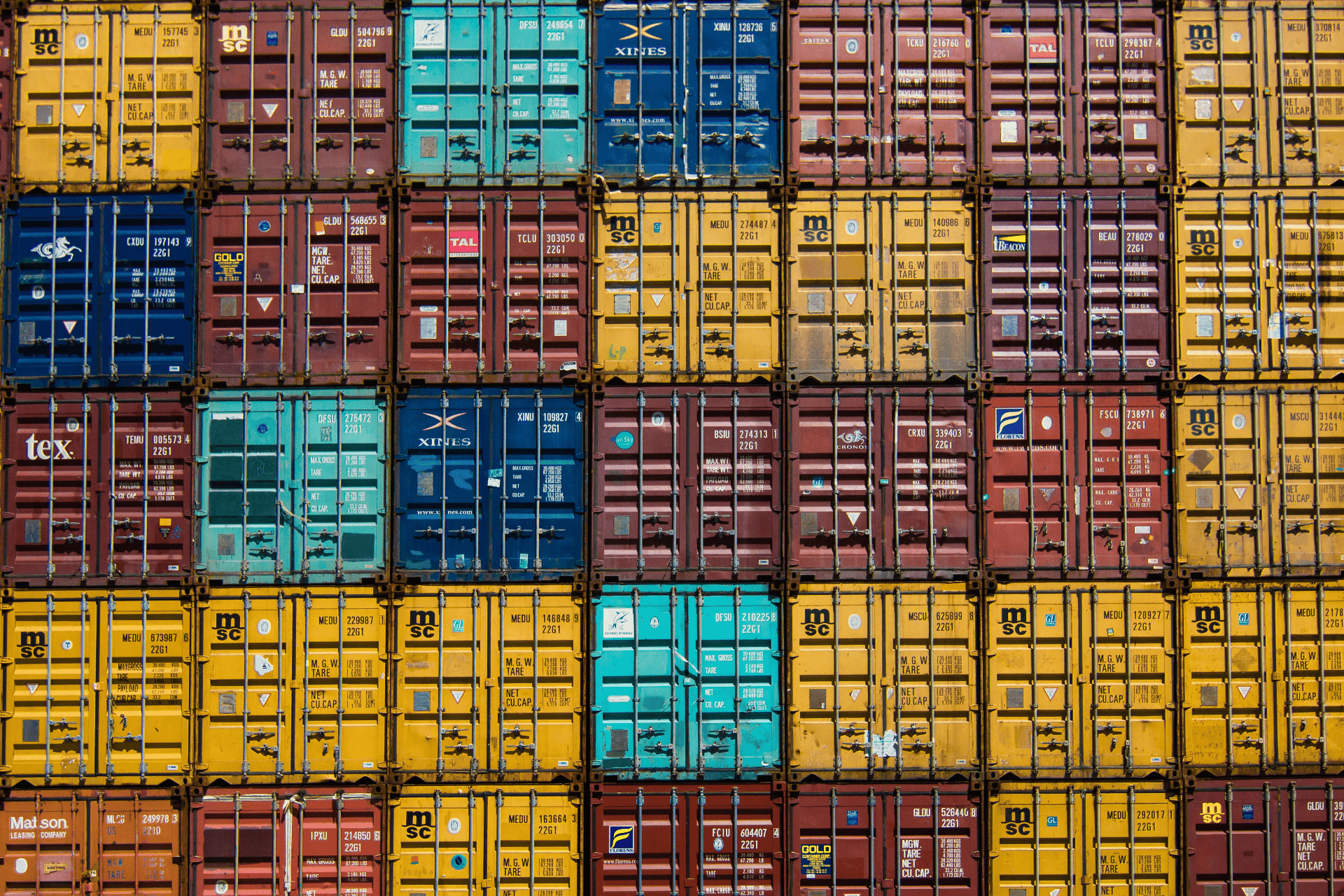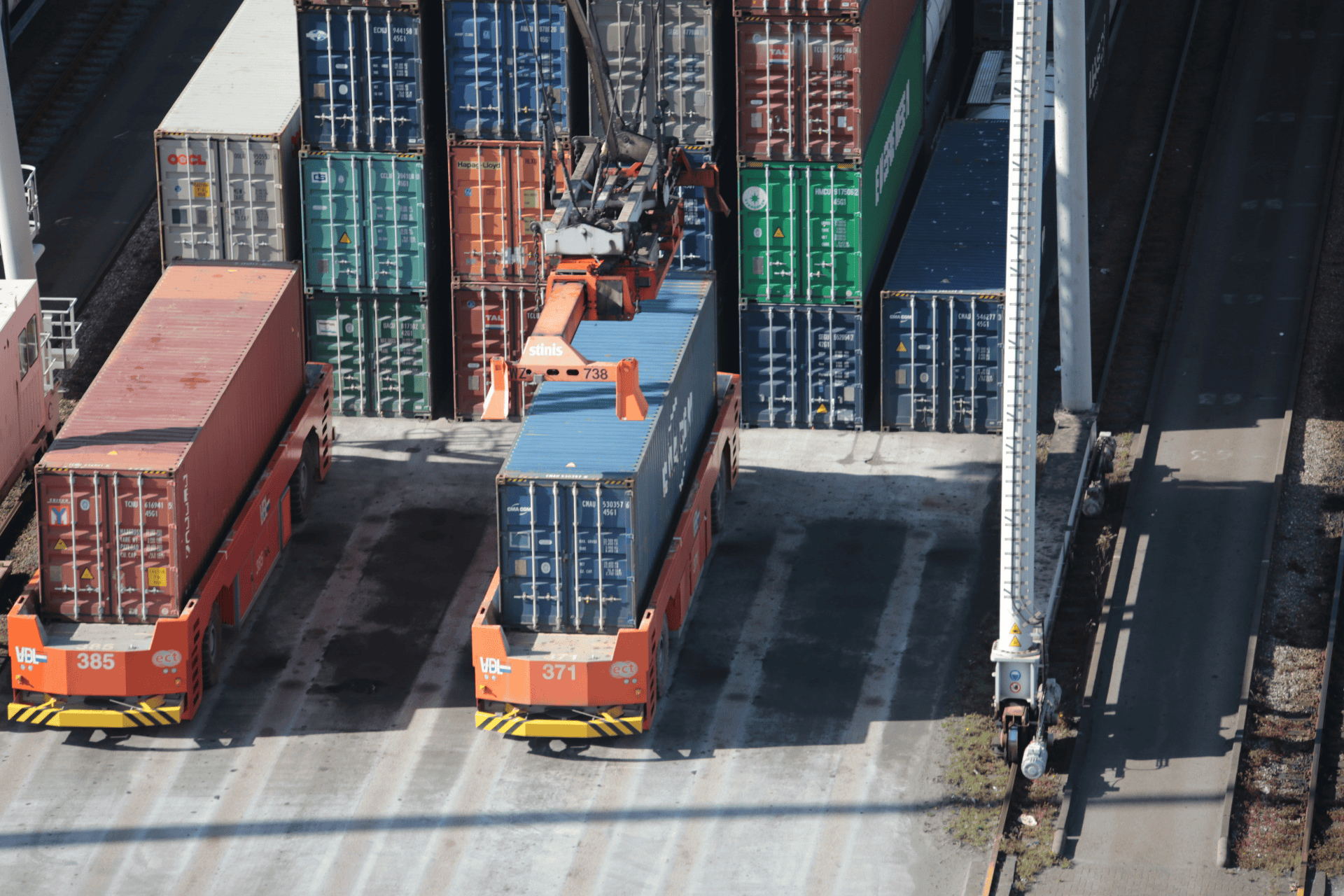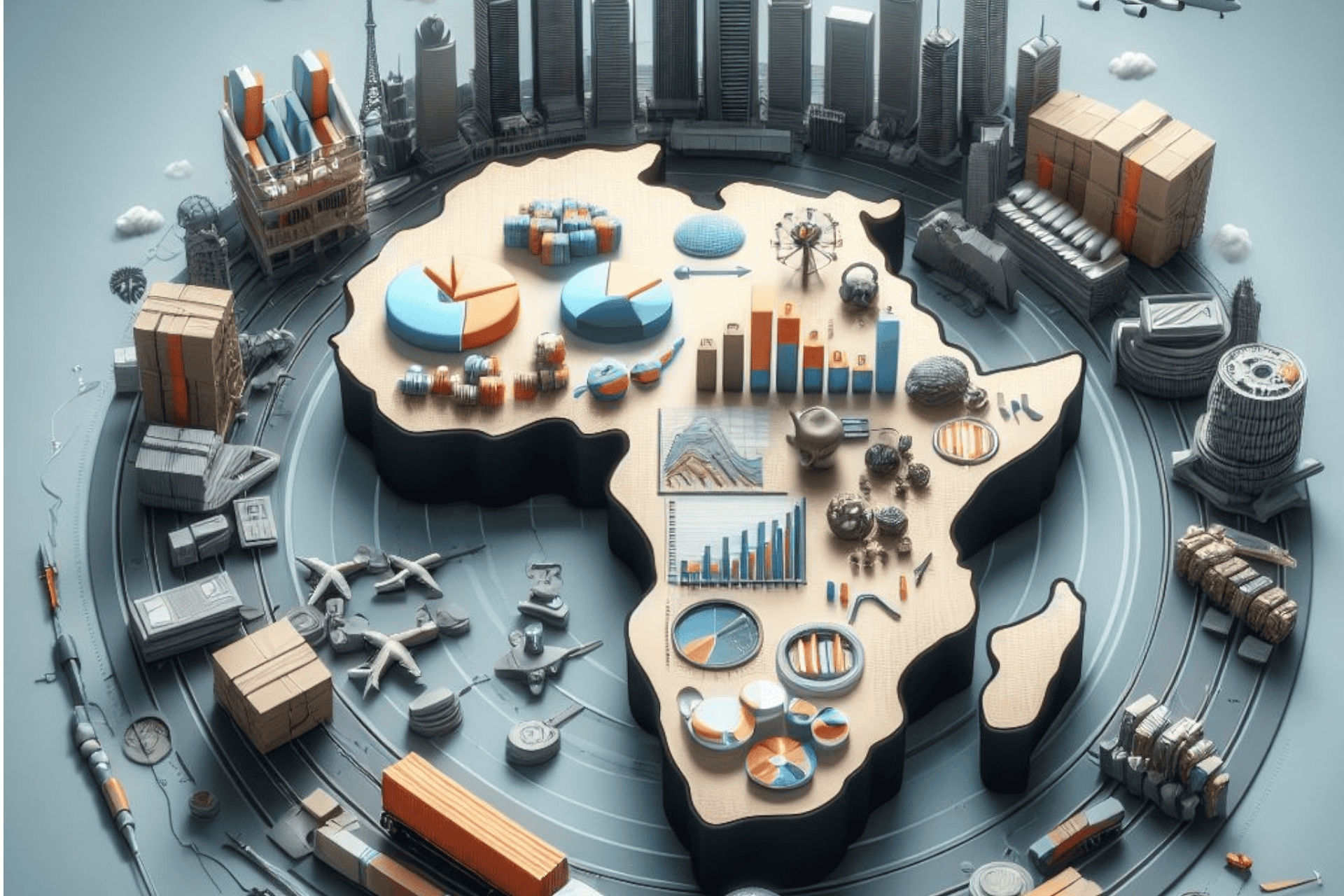Bilateral and multilateral trade agreements offer immense opportunities for countries to enhance their economic prospects and improve the welfare of their citizens. By adopting strategic measures such as identifying comparative advantages, promoting diversification, addressing non-tariff barriers, and fostering inclusive growth, nations can maximize the benefits derived from these agreements. With proactive engagement and a commitment to mutual cooperation, countries can build stronger trade relationships and create a more prosperous and sustainable future for all.
In today's interconnected global economy, nations are increasingly recognizing the importance of bilateral and multilateral trade agreements in fostering economic growth, enhancing competitiveness, and creating avenues for shared prosperity. These agreements serve as vital frameworks for facilitating the exchange of goods, services, and investments between countries, paving the way for mutual benefits and sustainable development. However, reaping the full rewards of such agreements requires a strategic approach and active engagement from all participating parties.
Understanding Bilateral and Multilateral Trade Agreements
Bilateral trade agreements involve two countries negotiating terms of trade to enhance economic cooperation and reduce barriers such as tariffs and quotas. These agreements enable nations to deepen their economic ties, promote investment, and expand market access for their respective industries.
On the other hand, multilateral trade agreements involve multiple countries coming together to establish common trade rules and standards. Examples include the World Trade Organization (WTO) agreements, which aim to liberalize global trade and ensure fair treatment for all members.
Strategies for Maximizing Benefits
- Identify Comparative Advantages: Before entering into trade agreements, it's crucial for nations to identify their comparative advantages – areas where they have a competitive edge in terms of resources, technology, or expertise. By focusing on these strengths, countries can target sectors with the highest potential for growth and export.
- Promote Diversification: Trade agreements provide opportunities for diversifying export markets and reducing dependence on a single trading partner. Governments can encourage businesses to explore new markets by providing incentives, facilitating market research, and offering support for export promotion activities.
- Address Non-Tariff Barriers: While reducing tariffs is a significant aspect of trade agreements, non-tariff barriers such as regulations, standards, and customs procedures can also hinder trade flows. Participating countries should work towards harmonizing regulations and streamlining procedures to facilitate smoother trade activities.
- Invest in Infrastructure and Logistics: Efficient transportation networks, ports, and logistics infrastructure are essential for reducing trade costs and enhancing competitiveness. Investing in infrastructure projects can improve connectivity and facilitate the movement of goods and services, thereby maximizing the benefits of trade agreements.
- Foster Innovation and Technology Transfer: Trade agreements can stimulate innovation and technology transfer by encouraging collaboration between businesses across borders. Governments can support research and development initiatives, promote technology sharing, and facilitate the transfer of know-how to strengthen domestic industries.
- Ensure Inclusive Growth: Trade agreements should not only benefit large corporations but also support small and medium-sized enterprises (SMEs) and marginalized communities. Governments can implement policies to provide SMEs with access to finance, technology, and training, enabling them to participate more actively in international trade.
- Monitor and Evaluate Impact: Regular monitoring and evaluation of trade agreements are essential to assess their effectiveness and identify areas for improvement. Governments should collect data on trade flows, investment trends, and economic indicators to gauge the impact of trade agreements accurately.
#TradeAgreements #GlobalEconomy #BilateralTrade #MultilateralTrade #EconomicDevelopment #TradePartnerships #Innovation #SustainableGrowth #ExportDiversification #InclusiveTrade
Related Information




